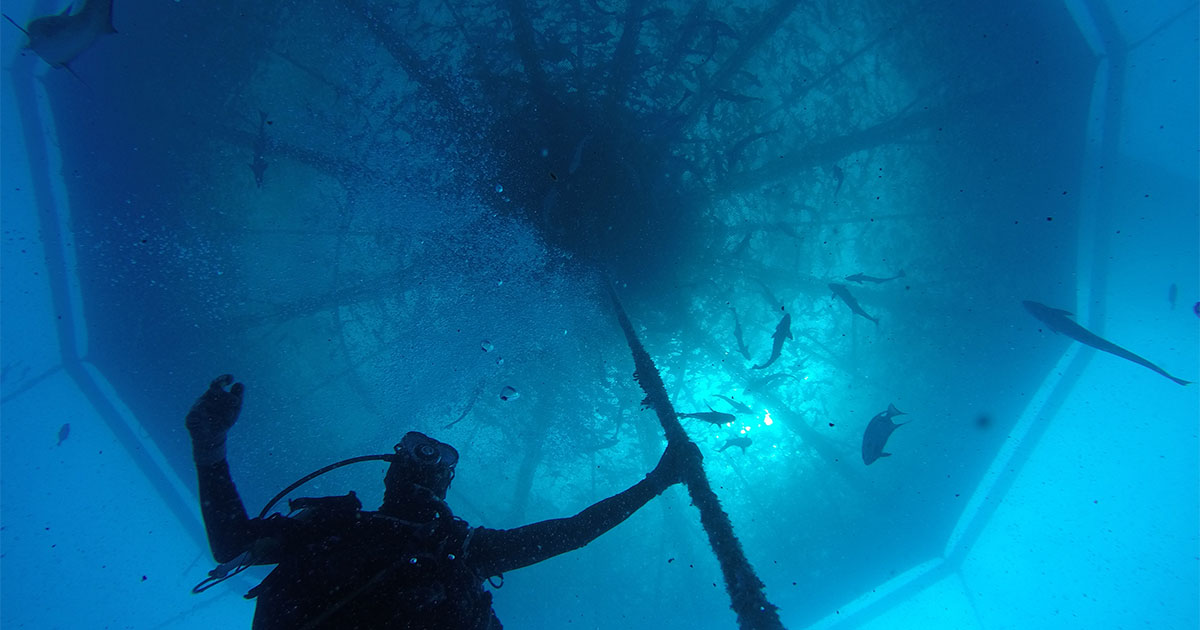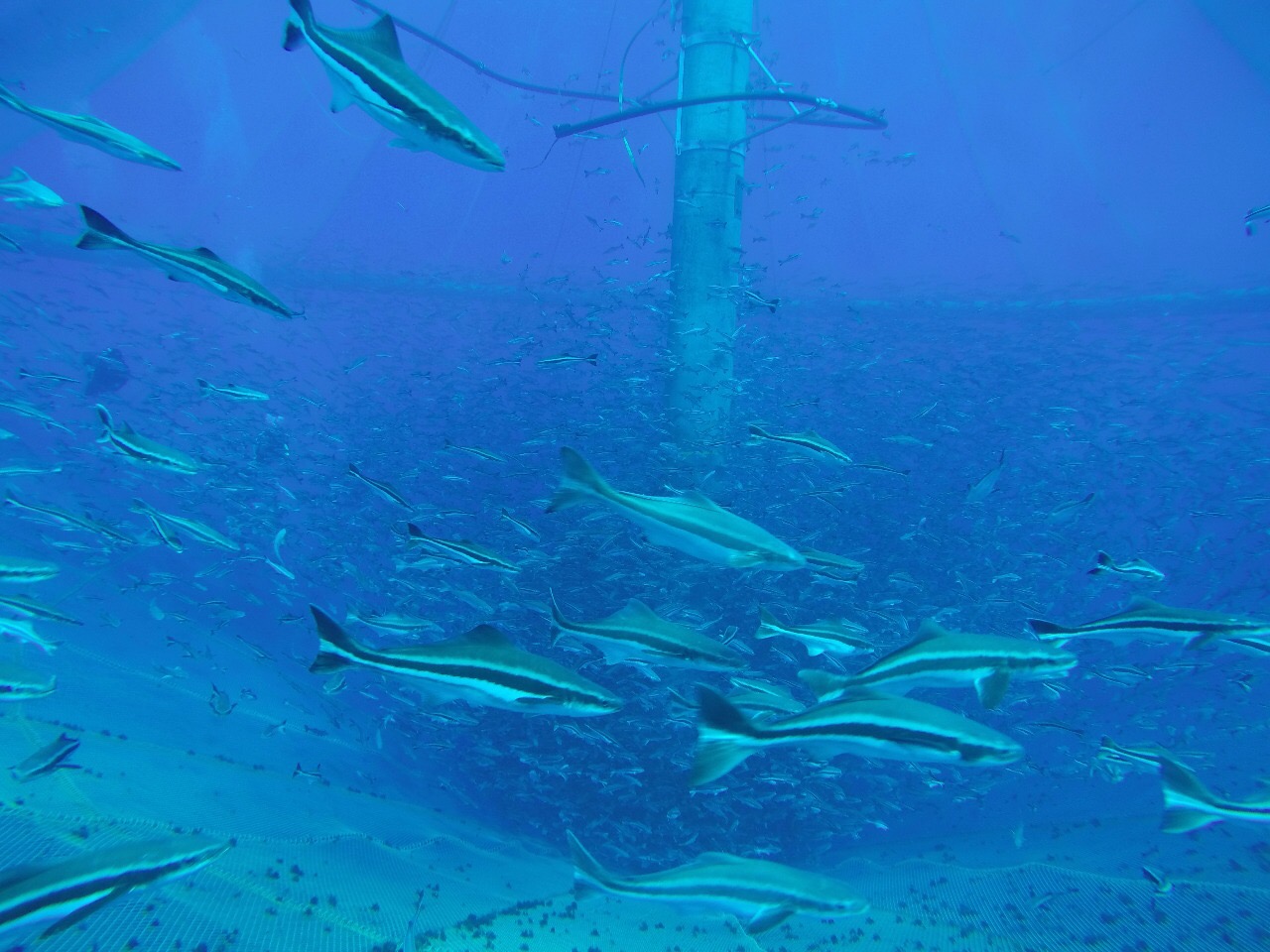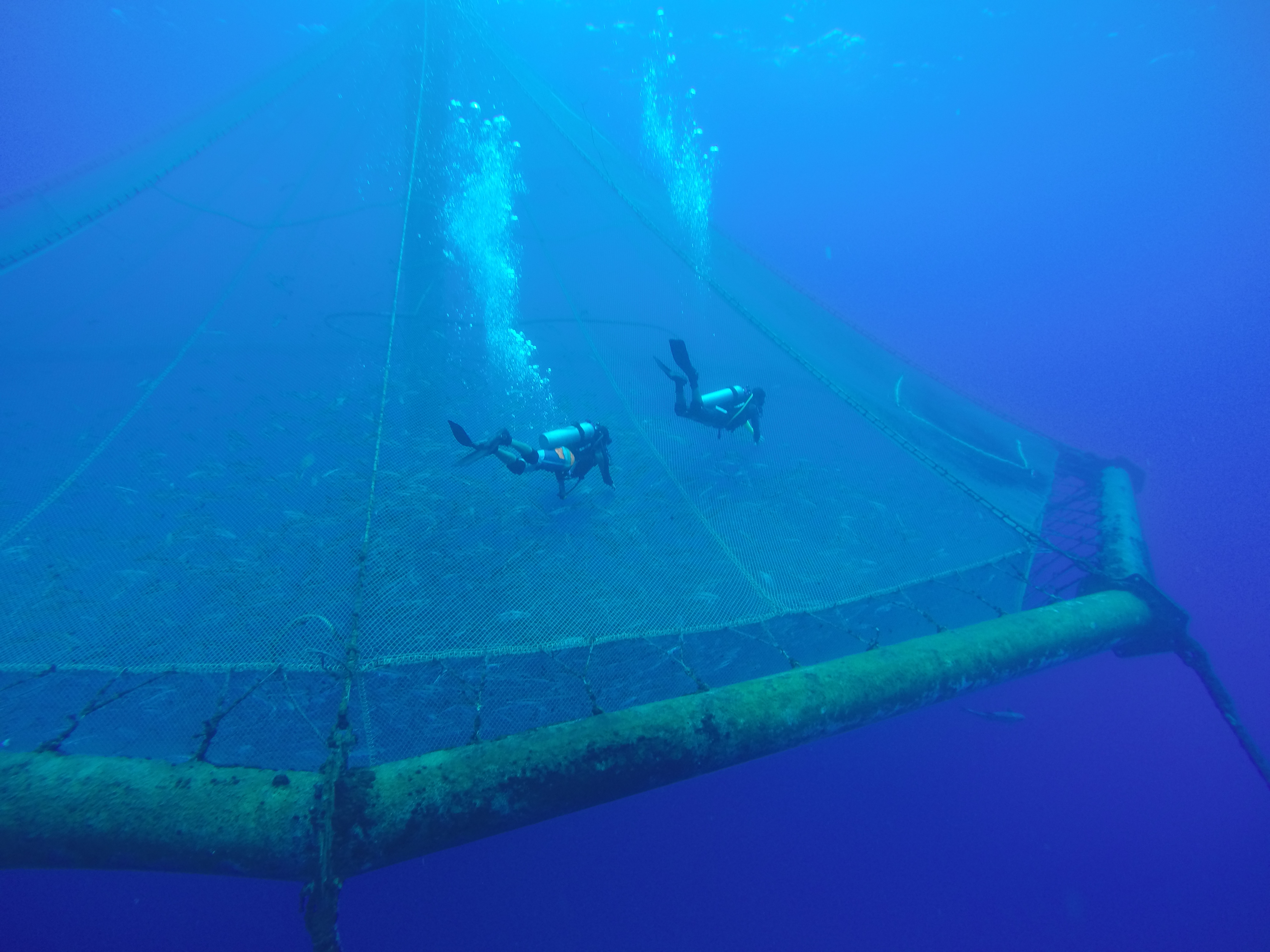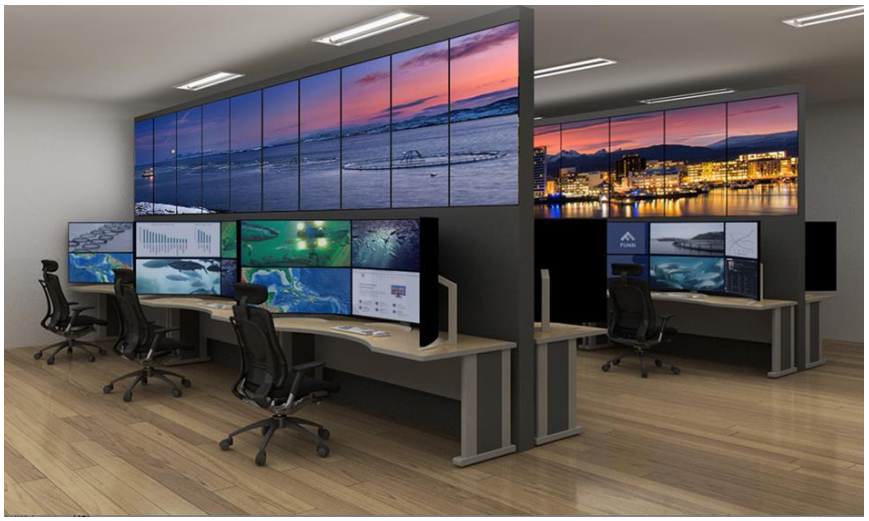As the world increasingly turns its attention to the global blue economy and the challenges and opportunities it represents, it is clear the role of technology and our ability to leverage it will set apart those who lead this significant, sustainable growth.
In 2021, Canada’s Ocean Supercluster partnered with the MIT Technology Review in the first-ever global Blue Technology Barometer. Ranking 10th amongst leading coastal countries, Canada received high marks for ocean protection and policy, with recognition for emerging technologies. But there is much more work to do.
World-wide, as countries strive to reduce greenhouse gas emissions, we also face unprecedented demand for protein to feed the growing population. Addressing both seemingly competing priorities and becoming better stewards of the ocean, requires better decision-making, and these decisions require information that is driven by technology.
The Future of Aquaculture is Digital
The OECD points to trends from the 1960s to today, where the global consumption of seafood has grown at twice the rate of the population. This level of consumption was largely driven by the rapid development of aquaculture, and it is projected to be a significant area of growth in the future.
(Image credit: BioMar)
This growth does not detract from the urgency at which we must consider our ocean’s health. Marine ecosystems are under stress due to climate change, unsustainable fishing and aquaculture practices in some areas, ocean acidification, declining biodiversity, and other impacts of human activity. These are some of the many compelling reasons why we must, as global citizens, change the way we do ocean business.
Through advancing technologies, we are seeing a full spectrum of solutions from sustainable fish feed to increased capabilities in real-time, remote monitoring and analytics, tracking fish health and movement, and optimizing cage conditions. Canadian companies have accelerated the development and commercialization of these solutions designed to re-use waste, better understand what’s happening in our ocean, and make the best decisions for the health and well-being of our marine ecosystems and the species in it. All while helping feed the world, supporting the path to net-zero, and achieving sustainable economic targets.
Environmental Monitoring
Known for its cool, clean waters, Canada continues to be of high interest to the global aquaculture industry, but it is not insulated from the impacts of climate change and human activity. In sustainable aquaculture, the ability to monitor the environmental conditions around operations is critical to informing when, and if, intervention is needed. The monitoring of ocean temperature, salinity, and algal concentrations help us predict the health of the organisms inhabiting those waters.
Through the development of its bubble systems technology, British Columbia’s ASL Environmental together with partner MOWI Canada West is preparing to pilot a solution to alleviate the effects of harmful algae blooms, increase oxygen levels, and lower surface water temperatures that can ultimately reduce fish mortality in aquaculture in complex coastal environments.
“The monitoring capabilities will allow us to optimize fuel consumption and minimize our greenhouse gas emissions while promoting fish health,” said Rodrigo Cristi, Technical and Feed Manager, MOWI Canada West.
Fish Tracking
Inside net cages, tracking the movement and health of fish is possible in real-time, as opposed to the more cumbersome, expensive processes used in the past. Through the combined use of imaging sonar, optical cameras, and Artificial Intelligence, aquaculture operations can use a new tagless technology developed through the Ocean Aware Project, led by Nova Scotia-based Innovasea, to detect, count, and monitor fish activity faster, more accurately, and efficiently.
“Balancing the needs of water-based commercial operations and ecological sustainability has traditionally been very difficult because of the lack of accurate, continuous and up-to-date information,” said Mark Jollymore, President of Innovasea.
(Image credit: BioMar)
Jollymore says emerging, breakthrough technologies in AI, sensing and communications have opened up the possibility of providing regulators and commercial operations with the information they need to be more efficient, effective, and selective in how they operate within and regulate the use of our planet’s resources. He credits Canada’s Ocean Supercluster for being pivotal in fostering collaboration among various stakeholders to really help accelerate the development of these breakthrough technologies.
Remote Operations Solutions
To increase safety, efficiency and accuracy in operations, Canada’s Ocean Supercluster is seeing more remote solutions for the aquaculture industry, including investments in advanced equipment and technology like uncrewed service vessels (USVs). Automated or remotely operated, USVs are used for site planning, cage and net inspection, incident assessment, and risk reduction.
Ontario-based Deep Trekker is leading the development of a remote aquaculture monitoring system using such in-cage remote operated and autonomous vehicle technology. Essential to sustainable open aquaculture is the inspection and maintenance of net cages, where these underwater “robots” are able to detect tears using Artificial Intelligence and machine learning to determine the position and volume of any deceased fish in the cage, record photographs and video clips, as well as log the position and depth of any in-cage issues for further assessment - all without operator intervention. This project will see the first-ever unit Deep Trekker has produced with these features and represents the capabilities of this technology for future marine inspection projects.
(Image credit: BioMar)
“It is important to monitor the integrity of structures in open water to inform decisions of how to maintain these critical assets,” noted Sam Macdonald, President of Deep Trekker. “These grants will enable us to create families of unmanned systems that are safer and easier to deploy than ever before.”
MacDonald says this will directly increase and improve Canada’s digital ocean workforce through the creation of jobs in AI, Machine Learning, cloud-based data processing, mechatronics, and software engineering.
Global Rural Partnerships
Aquaculture presents an opportunity for the sustainability of coastal communities and support the livelihoods of those living in them with increased food security and year-round employment. The development of new technological solutions also brings together community, local business, and global partners, enabling knowledge sharing, expanded connectivity, and increased sustainability in seafood production.
In Marystown, Newfoundland and Labrador, Greig Seafood NL leads an Integrated Operations and Real-time Analytics Project together with local ocean technology partners to bring an egg to harvest solution to the market, which includes global monitoring of feeding, fish movement, equipment, and workers. To do so, they have partnered with rural small businesses, including SubC Imaging, who, through this collaboration, has been able to expand the focus of their work into aquaculture.
“The energy market has been a constant up and down for years so we’re diversifying,” said Chad Collett, CEO SubC Imaging. “We anticipate this collaboration will open doors for SubC to connect with other aquaculture industry companies and lead to other business opportunities in that sector.”
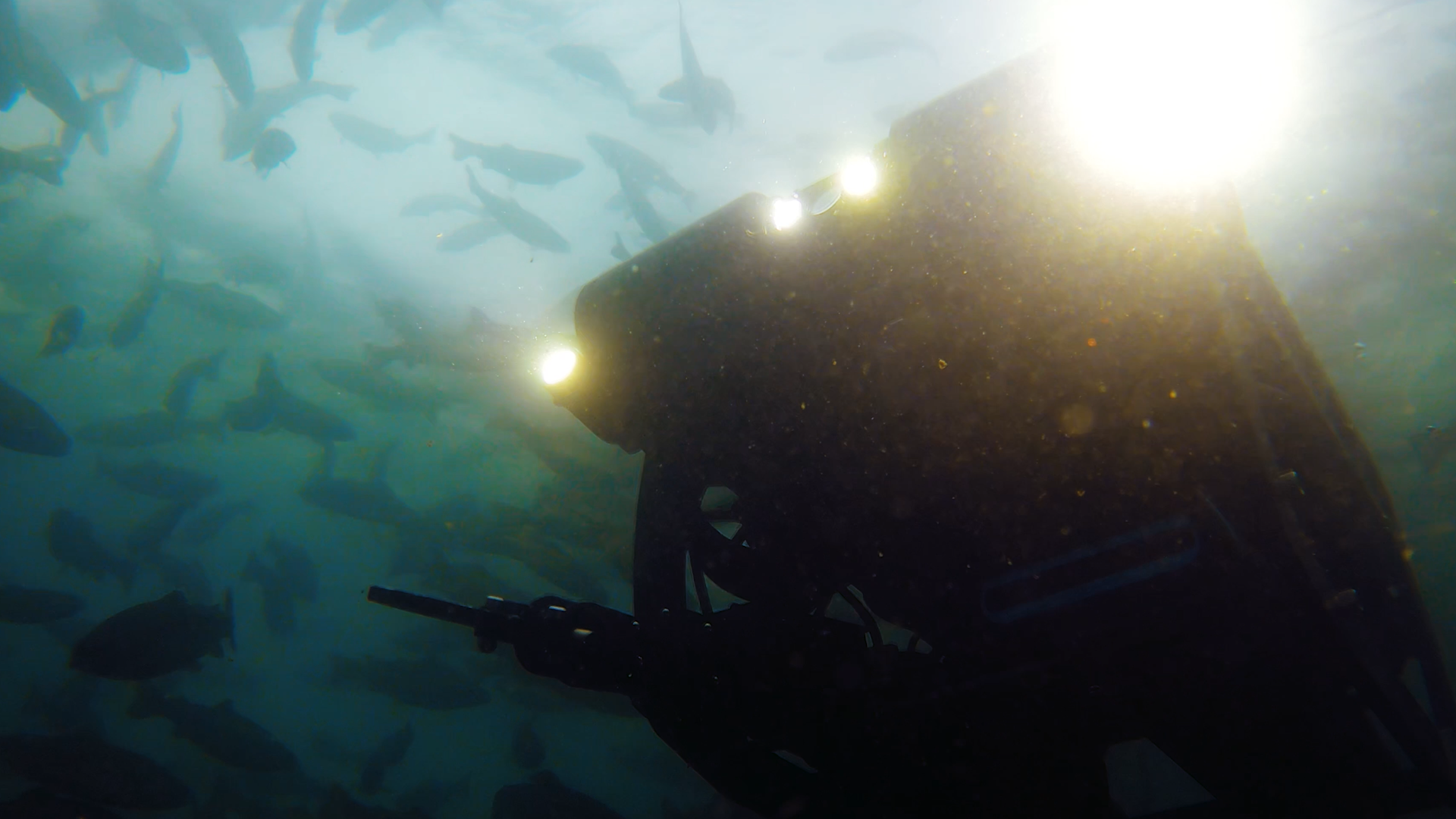
(Image credit: BioMar)
Collett says the outputs from this partnership will promote sustainable use of ocean and freshwater ecosystems, noting SubC Imaging’s contribution to the project involves providing underwater camera systems to monitor the sea cages with real-time image processing.
Circular Economy
As we continue to create ways to improve marine operations and reduce impacts on our environment, circular business models for aquaculture have the potential to reduce waste and support more sustainable systems.
The Sustainable Protein for Aquaculture Project led by DeNova in Nova Scotia is working on a solution that uses greenhouse gas emissions from upstream oil and gas and converts them into a high-value protein product for aquaculture. This game-changing project represents significant developments in science and technology and has never been done before.
Driving Sustainable Growth and Managing Risks
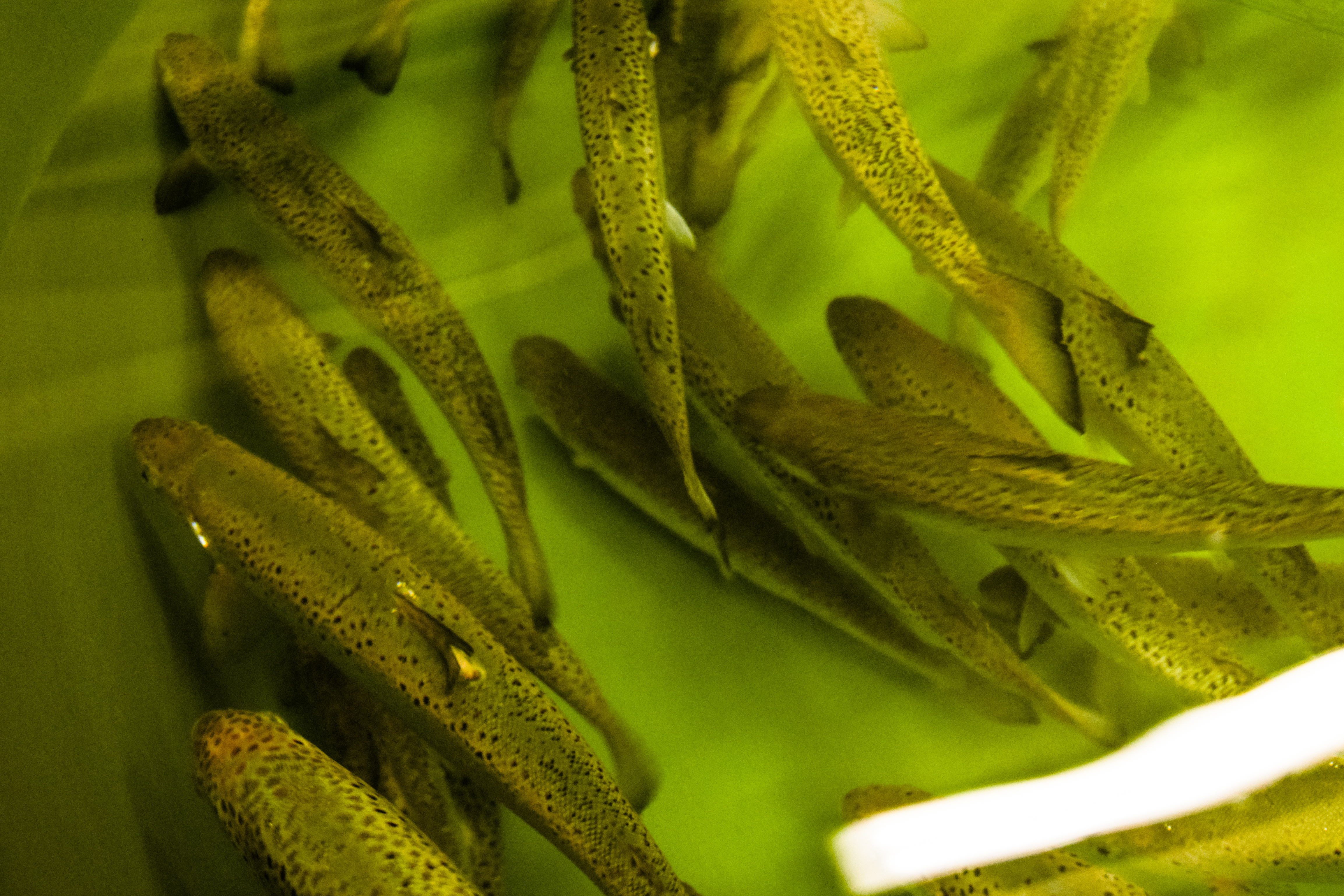
(Image credit: BioMar)
According to the United Nations Food and Agriculture Organization, by 2030, there will be an opportunity for aquaculture to supply two-thirds of the world’s seafood demand. As aquaculture continues on this significant trajectory of growth, it’s through technological advances and innovative solutions that we have a chance to positively impact how we produce food and how our food impacts the planet.
If done efficiently and sustainably, aquaculture presents the potential to increase global protein production and economic growth significantly in changing times and a changing climate. With new innovation and technology, it’s becoming possible and attainable for industry to continue to reduce their carbon footprint while also meeting global market demands.
The work of Canada’s Ocean Supercluster accelerates these technologies that help make this possible.
This feature appeared in Environment, Coastal & Offshore (ECO) Magazine's 2022 Summer edition, to read more access the magazine here.


